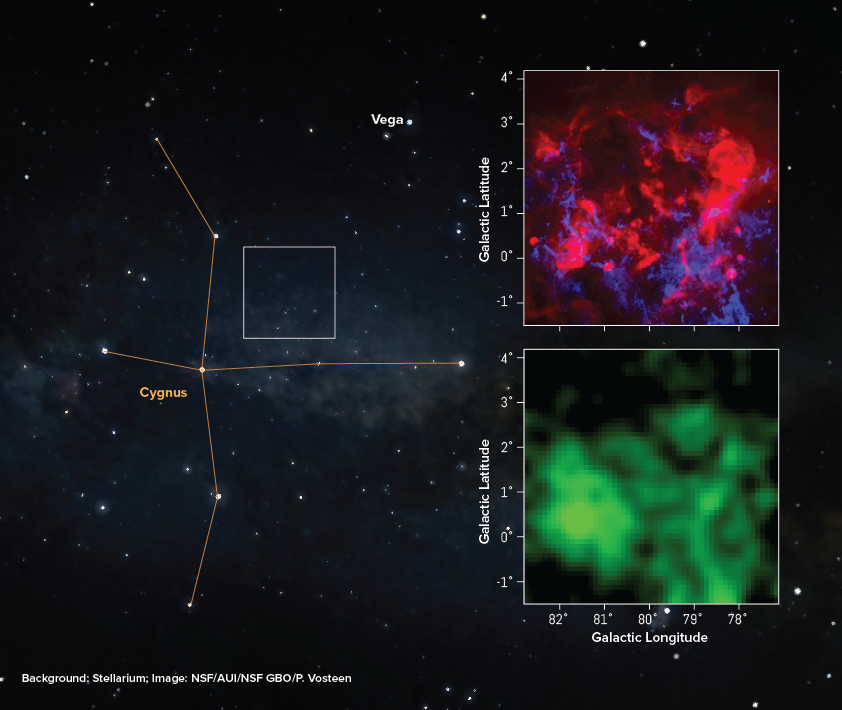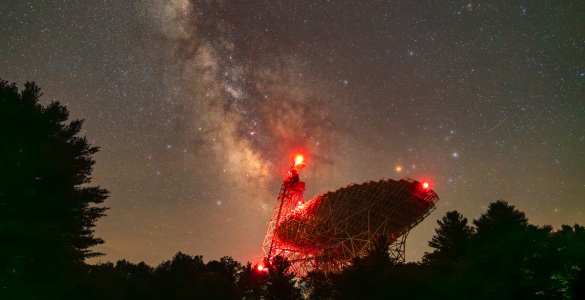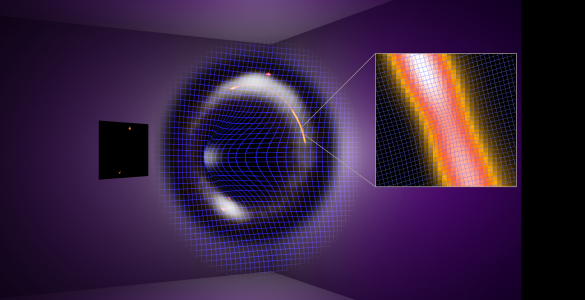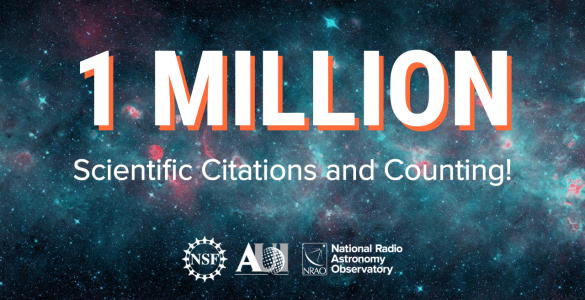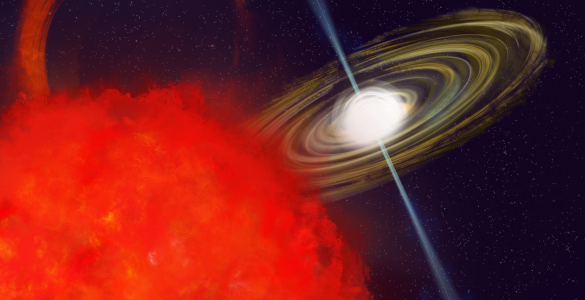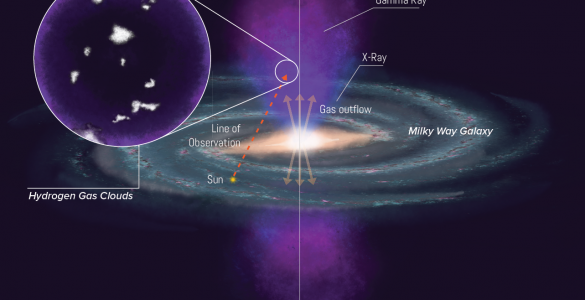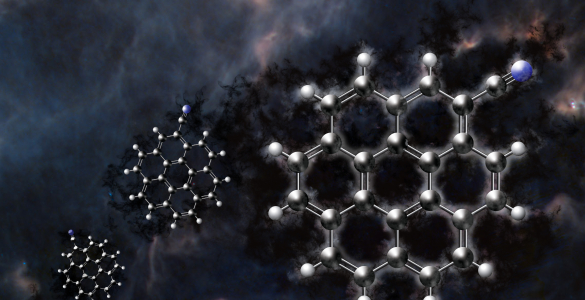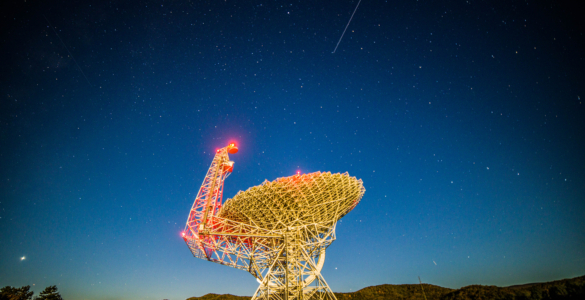An international team of astronomers has created the first-ever large-scale maps of a mysterious form of matter, known as CO-dark molecular gas, in one of our Milky Way Galaxy’s most active star-forming neighborhoods, Cygnus X. Their findings, using the U.S. National Science Foundation’s Green Bank Telescope (NSF GBT), are providing crucial new clues about how stars formed in the Milky Way.
For decades, scientists have known that most new stars are born inside clouds of cold molecular hydrogen gas. Much of this molecular hydrogen is invisible to most telescopes—it doesn’t give off light that can easily be detected. Traditionally, astronomers have hunted for these clouds by looking for carbon monoxide (CO), a molecule that acts like a flashing sign for star-building regions. However, it turns out there’s a lot of star-forming gas that doesn’t “light up” in CO. This dark, hidden material (called CO-dark molecular gas) has been one of astronomy’s biggest blind spots.
Now, for the first time, astronomers have mapped this hidden gas over a huge swath of sky—more than 100 times the area covered by the full Moon—by observing the radio spectral lines from atoms recombining, known as Carbon Radio Recombination Lines (CRRLs). The team’s map covers the bustling Cygnus X region, a cosmic metropolis about 5,000 light-years away, that’s overflowing with newborn stars.
“It’s like suddenly turning on the lights in a room and seeing all sorts of structures we never knew were there,” says Kimberly Emig, an associate scientist with the NSF National Radio Astronomy Observatory (NSF NRAO), and lead author of the new study.
The new map reveals a vast network of arcs, ridges, and webs of dark gas weaving through Cygnus X. These shapes show where star-making material is gathered and grown, before it becomes visible as before it becomes visible in CO as molecular clouds. The research demonstrates that these faint carbon signals, detected at very low radio frequencies, are an incredibly powerful tool for uncovering the hidden gas that directly connects ordinary matter with the formation of new stars. The study discovered that this dark gas is not just sitting still; it’s flowing and shifting, and moving with velocities much higher than previously realized. These turbulent flows can shape how quickly stars can form. The team also found that the brightness of these carbon lines is directly linked to the intense starlight bathing the region, highlighting the powerful role that radiation plays in galactic recycling.
“By making the invisible visible, we can finally track how raw material in our galaxy is transformed from simple atoms into the complex molecular structures that will one day become stars, planets, and possibly life,” Emig explains, “And this is just the beginning of understanding these previously unseen forces.” The NSF GBT has become the world’s premier tool for this kind of research, and even larger surveys of CRRLs (like the GBT Diffuse Ionized Gas Survey at Low Frequencies) are underway to explore other star-forming regions of the Milky Way. The insights gleaned here will help astronomers around the world model how our Galaxy—and potentially others—builds massive clouds for stars to form in.
About GBO
The Green Bank Observatory, part of the National Radio Astronomy Observatory, is a facility of the U.S. National Science Foundation, operated under cooperative agreement by Associated Universities, Inc.






